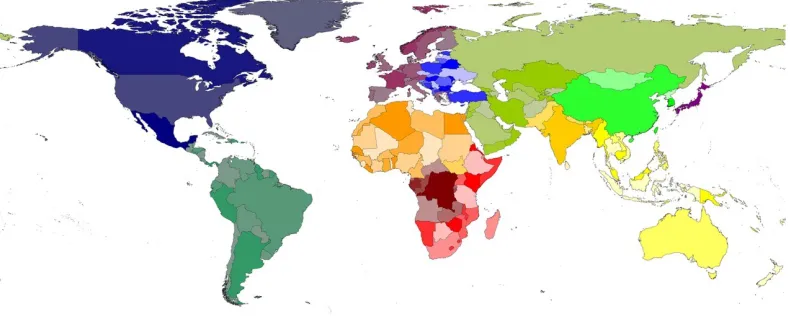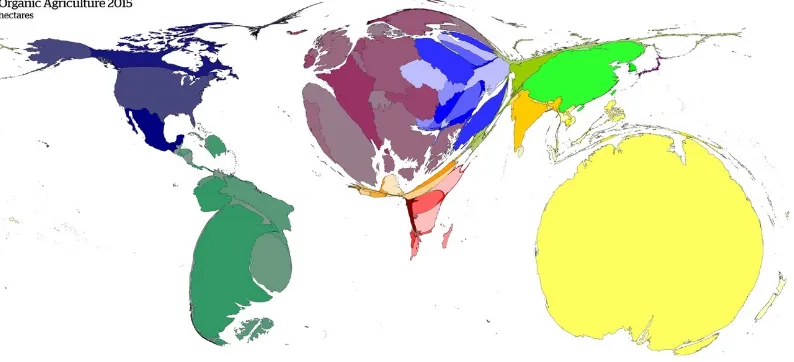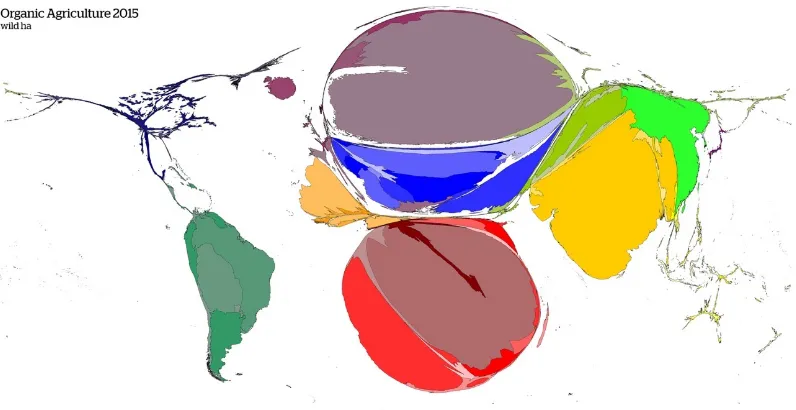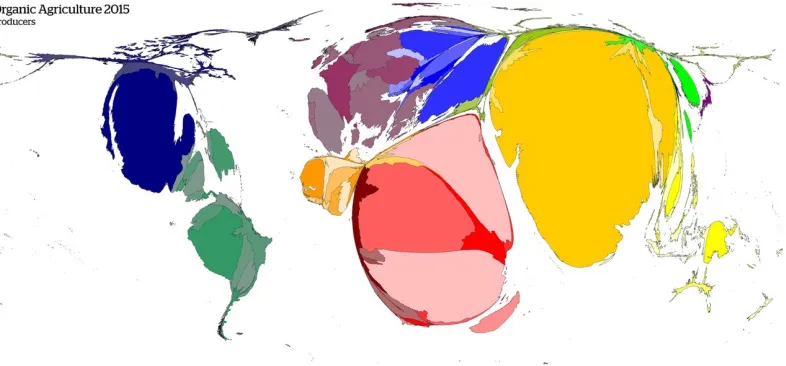Atlas of Organics: Four maps of the world of organic agriculture
Full text
Figure




Related documents
In the original report, these techniques allowed for the detection of virus in mice engrafted with cells from 5 of 5 subjects with undetectable plasma viral loads on
The relationship between many Anopheles species and aquatic IAPs is often strong enough to warrant invasive plant control as an additional malaria management tool. The same can be
No positives (0/52) were obtained when similar specimens were bisected anterior to the junction of the thorax and abdomen, compared to 21.2 % (11/52) that were positive for
In the present study, we identified and screened Australian tick species re- moved from native Australian wildlife hosts to assess the role that these arthropods may have in
This spatial assessment is a well-timed support to the national integrated malaria initiative which to seeks to improve the efficacy, effectiveness and sustain- ability of
Caregivers’ knowledge of malaria, malaria prevention behaviour and proximity to public health services were important determinants of appropriate treatment- seeking behaviour.. At
Fig. 2 Association between tranexamic acid and in-hospital mortality applying three different propensity score models. Risk differences and 95% confidence intervals for
In the subgroup of patients who had no docu- mented healthcare-associated risk factors, bacteremia (n = 9) and musculoskeletal infections (n = 9) remained the most common